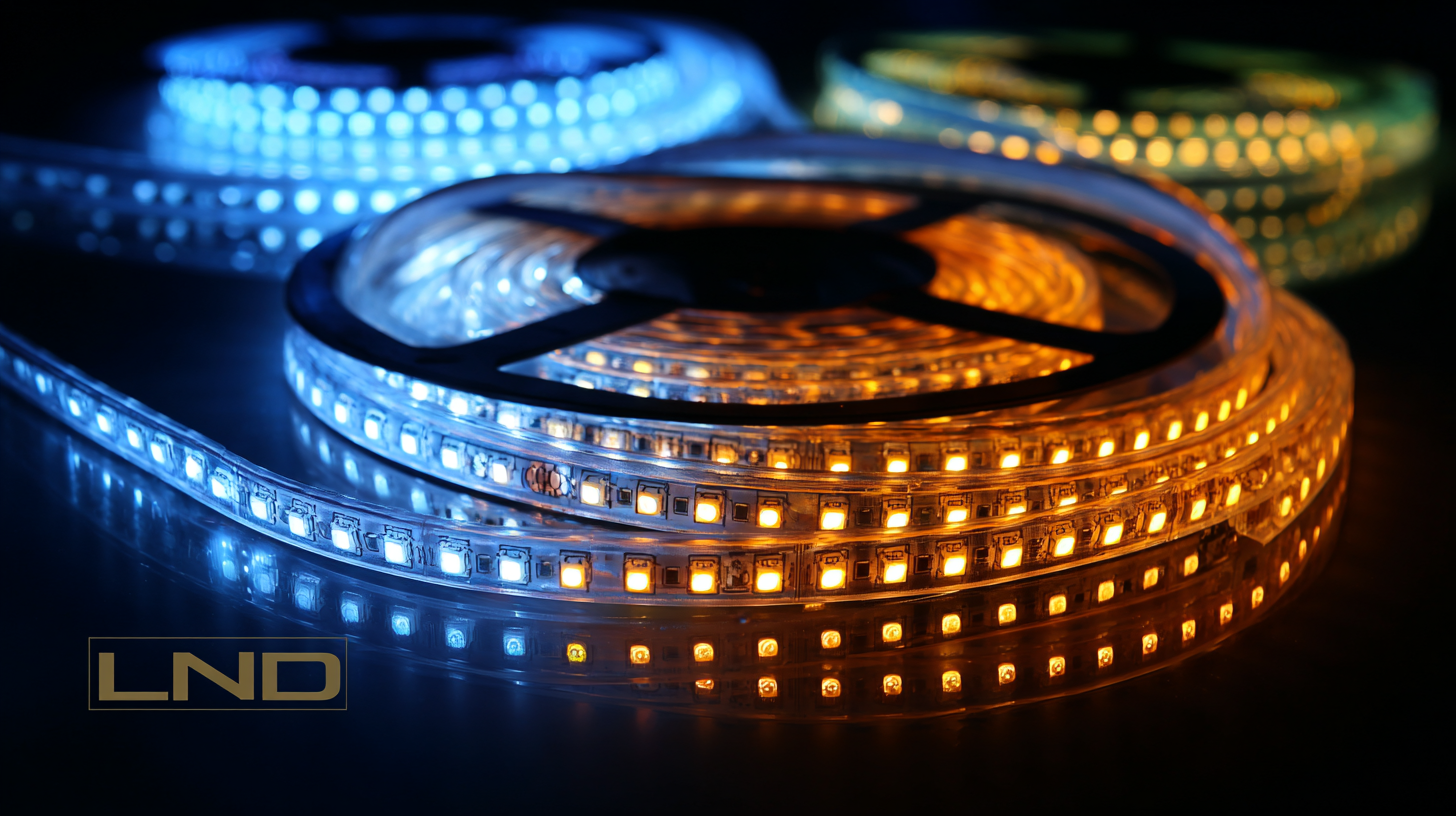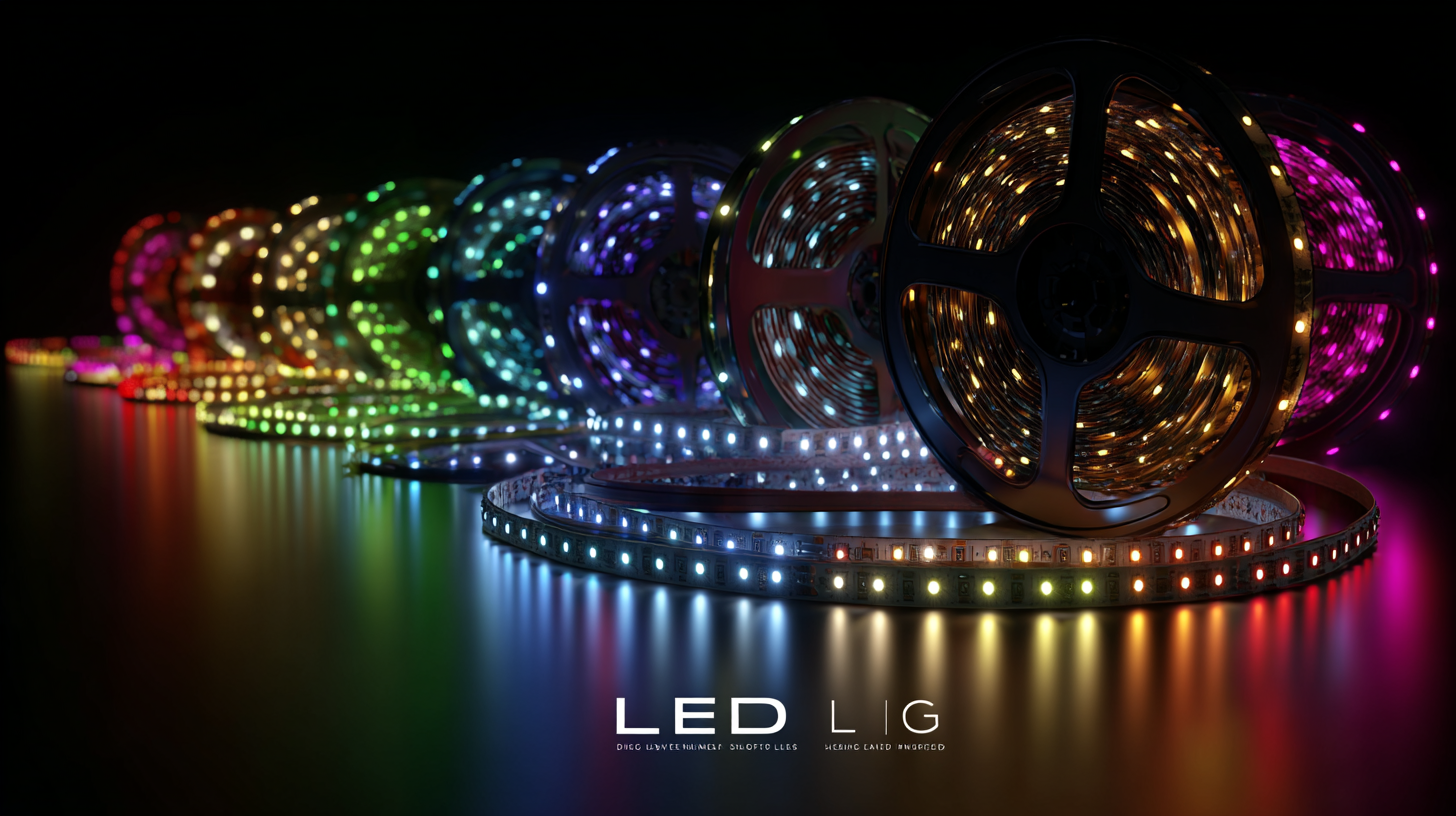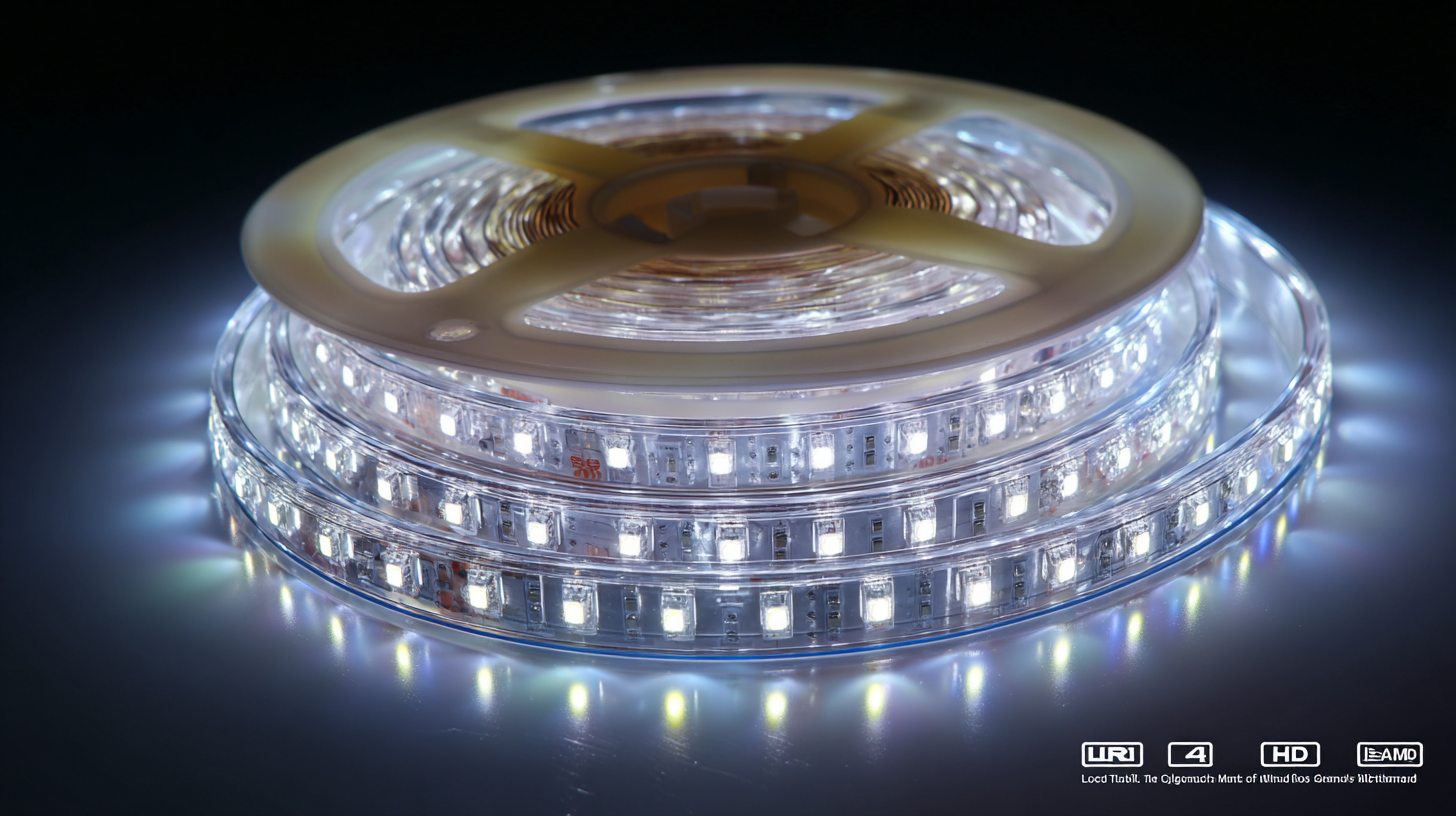

In recent years, the demand for versatile and energy-efficient lighting solutions has skyrocketed, and LED Strip Lights have emerged as a popular choice for both residential and commercial applications. Manufactured in China by leading factories, these innovative lighting products are designed to meet the diverse needs of global markets. With their ability to enhance aesthetics, provide functional illumination, and create dynamic environments, LED Strip Lights have found applications in various industries, including architecture, signage, automotive, and entertainment. However, the rapid growth of this sector also presents challenges, such as quality inconsistency, insufficient technical support, and regulatory compliance issues. In this blog, we will explore the promising industry applications of LED Strip Lights while addressing the problems that manufacturers and consumers face, ensuring a comprehensive understanding of this crucial lighting solution.

The global market for LED strip lights has witnessed remarkable growth, driven by rising consumer awareness of energy-efficient lighting solutions. As more countries prioritize sustainability, the demand for high-quality LED products continues to soar. In various applications from residential to commercial settings, LED strip lights are favored for their versatility and aesthetic appeal. With a range of colors and brightness levels available, they enhance the ambiance of any space while contributing to significant energy savings.
Manufacturers in China have positioned themselves as leaders in this sector, leveraging advanced technology and production capabilities. They are well-equipped to meet the diverse needs of international markets, offering customizable options to cater to various regional preferences. The ability to supply high-quality products at competitive prices makes these factories essential players in the global supply chain. As market trends evolve, understanding the specific demands of different regions will be key for manufacturers aiming to maintain their competitive edge.
| Market Region | Annual Demand (Million USD) | Growth Rate (%) | Popular Applications | Key Features |
|---|---|---|---|---|
| North America | 150 | 5 | Home Decor, Advertising | Energy Efficient, Custom Lengths |
| Europe | 120 | 4.5 | Architectural Lighting, Events | RGB Colors, Waterproof Options |
| Asia | 200 | 6 | Smart Homes, Retail | Smart Control, Energy Saving |
| South America | 80 | 3.5 | Public Spaces, Home Use | Flexible, Easy Installation |
| Middle East & Africa | 70 | 5.5 | Hospitality, Retail | Color Variations, Durability |
When sourcing LED strip lights from China, several key factors must be evaluated to ensure quality and reliability. First, it is essential to assess the factory’s reputation and experience in manufacturing LED lighting products. A leading factory should have a proven track record of delivering high-quality products that meet international standards. Look for certifications such as ISO 9001 and CE, which indicate adherence to quality management systems and safety regulations.
Another critical factor is the selection of materials and technology used in production. High-quality LED strip lights should utilize premium chips and efficient circuit boards for longevity and superior performance. Inquire about the factory's sourcing process for raw materials, and ensure they use reputable suppliers. Furthermore, consider the factory’s capability for customization, as it reflects their flexibility and commitment to meeting diverse consumer needs across global markets. Engage in direct communication with factory representatives to discuss your specific requirements and gauge their responsiveness and expertise in the field.
The demand for LED strip lights is rapidly increasing in global markets, necessitating a stringent focus on quality standards within the manufacturing process. According to a recent report by the LED Lighting Research Center, the global LED lighting market is projected to reach $105 billion by 2025, highlighting the critical need for manufacturers to elevate their quality assurance protocols. In particular, adherence to international standards such as ISO 9001 and RoHS is crucial in ensuring that the products not only meet performance expectations but also align with environmental regulations.

One of the primary aspects of quality in LED strip manufacturing is lumen output consistency. A study by the National Renewable Energy Laboratory (NREL) indicates that variations in lumen output can affect both energy efficiency and consumer satisfaction. Leading factories in China are now employing advanced testing methods, including photometric testing and thermographic inspection, to ensure that each batch of LED strip lights meets the specified lumen output within a tolerance of ±5%. This meticulous attention to quality not only differentiates top-tier manufacturers but also caters to environmentally-conscious consumers demanding reliable and long-lasting lighting solutions.
When it comes to LED strip lights, leading Chinese manufacturers are at the forefront of innovation and affordability, catering to global markets with varying pricing strategies. The competition among these suppliers drives them to adopt diverse approaches to pricing, which is crucial for maintaining market share while delivering quality products. Some manufacturers focus on competitive pricing to attract budget-conscious consumers and distributors, often emphasizing bulk discounts and promotions to entice buyers. This strategy allows them to penetrate new markets effectively.
On the other hand, some suppliers may opt for a premium pricing strategy, highlighting the superior quality and advanced technology of their LED strip lights. By targeting high-end clients and emphasizing the durability and energy efficiency of their products, these manufacturers create a distinct brand identity that appeals to consumers who value longevity and performance over initial cost. This segmentation within the market demonstrates that pricing is not only about cost but also about the perceived value offered to customers. As a result, buyers need to carefully evaluate their options to make informed decisions based on both price and quality.
This chart compares the average pricing strategies of various LED strip light suppliers based in China. The data reflects competitive pricing in global markets, demonstrating how different suppliers position their products.
When selecting a quality LED strip light manufacturer, understanding the significance of certifications cannot be overstated. Certifications such as CE, RoHS, and UL not only ensure compliance with safety standards but also indicate that the products have undergone rigorous testing. According to a 2022 report by MarketsandMarkets, the global LED lighting market is expected to reach $162.90 billion by 2026, highlighting the growing demand for reliable and certified products. Manufacturers who prioritize certifications are more likely to produce LED strip lights that are efficient, durable, and safe for consumer use.
Tips: Always check for certifications when researching LED strip light manufacturers. Additionally, inquire about their quality control procedures and testing protocols, as reputable manufacturers will be willing to provide this information.
Furthermore, certifications can also affect your purchasing decisions in terms of warranty and product longevity. A manufacturer with ISO 9001 certification ensures a consistent quality management system, leading to fewer defects and increased product lifespan. As reported by Grand View Research, products that meet high certification standards can offer energy savings of up to 80% compared to traditional lighting solutions. This means that investing in certified LED strip lights is not only a safe choice but also an economically sound decision.
Tips: Explore manufacturers that participate in global markets and are experienced in obtaining relevant certifications. This typically reflects their commitment to quality and customer satisfaction.
